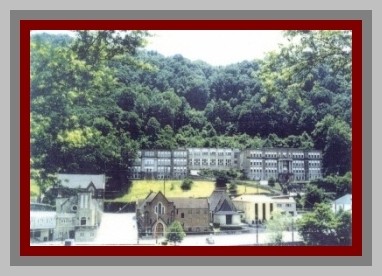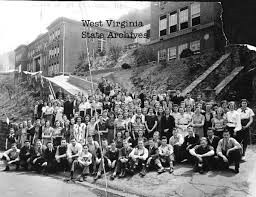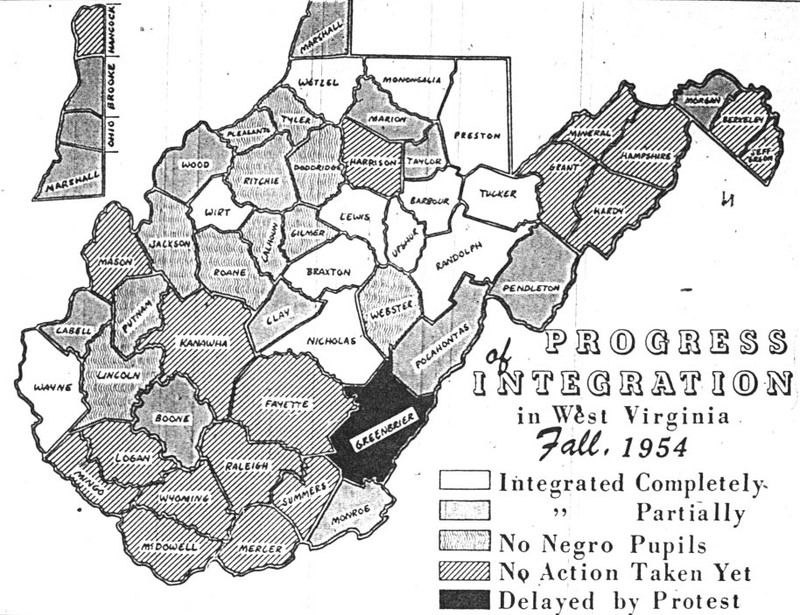Integration Protests at Welch High School
Introduction
Text-to-speech Audio
Images
This building was home to Welch High School

Welch High School with all white students in front of it.

This diagram shows the progress of integration in WV counties by fall 1954. A signifigant numer of counties had made no efforts to integrate yet, including McDowell. Image obtained from the West Virginia Division of Culture and History

Backstory and Context
Text-to-speech Audio
Throughout McDowell County, school leaders complied with the Brown v. Board of Education ruling rather than risk a lawsuit, especially after local chapters of the National Association for the Advancement of Colored People made it clear that they would sue the schools for non-compliance if necessary. In 1956, African American students in McDowell County enrolled in previously all-white schools for the first time. In the 1950s McDowell County had one of the largest populations of African Americans in the state, at around twenty-four percent.
The protest that occurred on September 27, 1957 in
Welch expressed the feelings of many white residents, yet these kinds of overt protests occurred infrequently in West Virginia. Encouraged by parents and other whites, the Welch students demonstrated that a belief in white supremacy was widespread. The young men and women marched through town chanting racial slurs. At the same time, the relatively small number of African American students reduced the likelihood that area whites would see the issue of racial integration in the same terms as white residents of the Deep South. The moderate response of the police also reduced the likelihood of continued protest. Although they were not punished for their actions, the students were ordered by local police to return to school.
For example, Hemphill-Capels Junior
High, located two miles from Welch, had four African American students enroll the prior year with minimal overt resistance. Fifty
students left their classes and attempted to protest at Welch High School. The students
were turned around by the police and most went back to school that day.
Twenty miles away at Gary High School, African American students were enrolled for the first time in 1958 with little overt protest even if the students were made to feel unwelcome. A former biology teacher recently remembered the first day of school that year. "I can recall so vividly that one day, that first day. The assistant principal was female. A lot of white kids were in front of the gymnasium yelling `two, four, six, eight, we don t want to integrate' led by one of the stupidest kids in the world, absolutely. And the assistant principal was a very intelligent lady. She rang the bell about ten minutes early. Everyone went to class. That was the end of that."
Cite This Entry
Admin, Clio and Steven C. Straley on behalf of Appalachian Studies Association . "Integration Protests at Welch High School ." Clio: Your Guide to History. April 25, 2017. Accessed April 21, 2025. https://theclio.com/entry/16636
Sources
Image 3: https://textbooks.lib.wvu.edu/wvhistory/files/html/15_wv_history_reader_stack/

